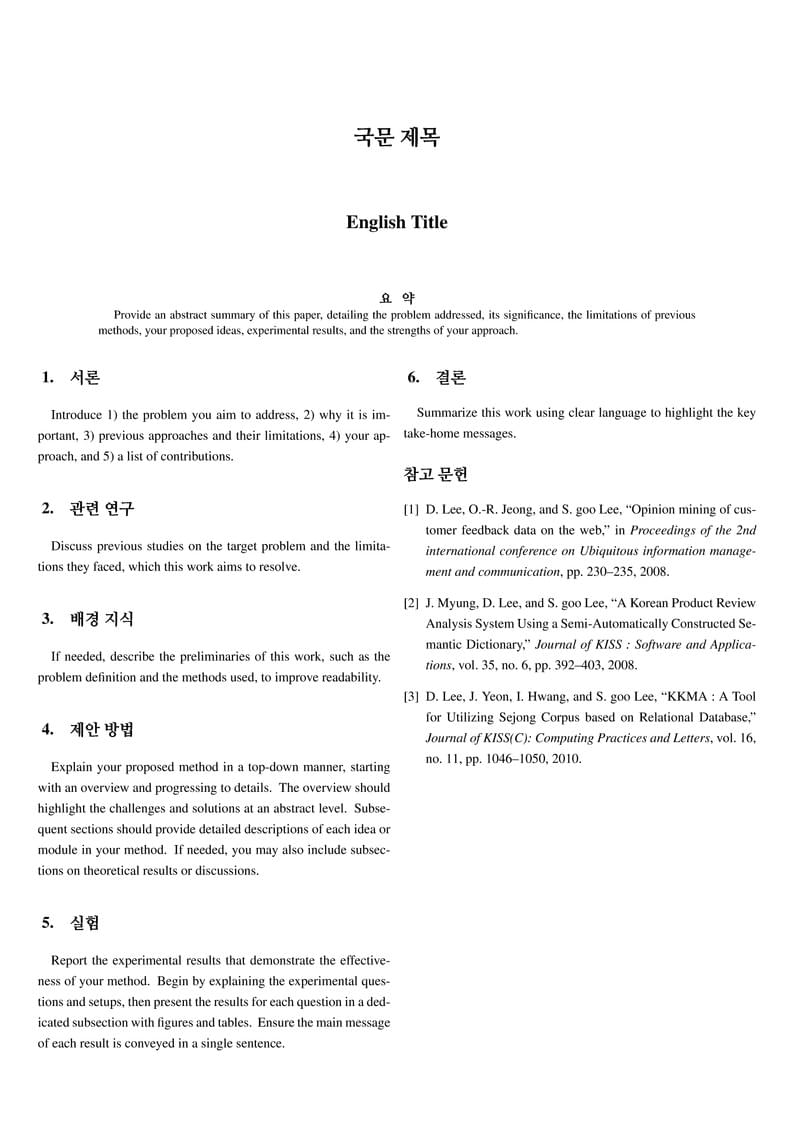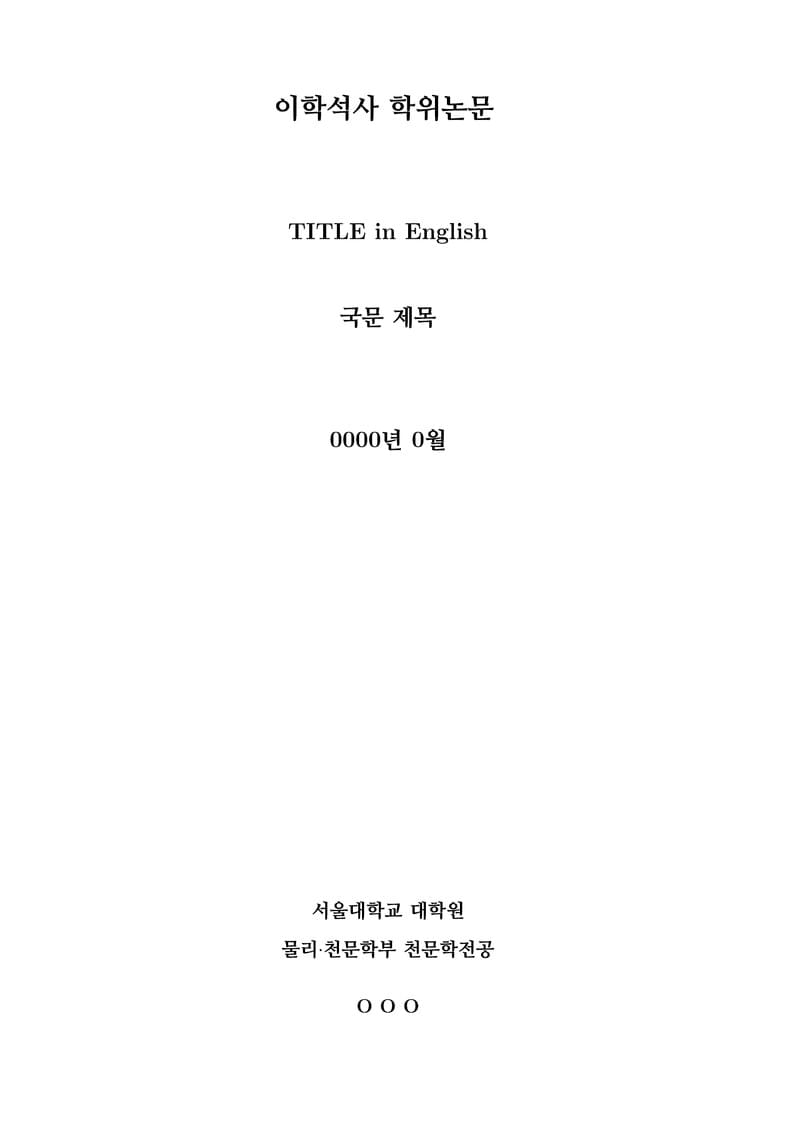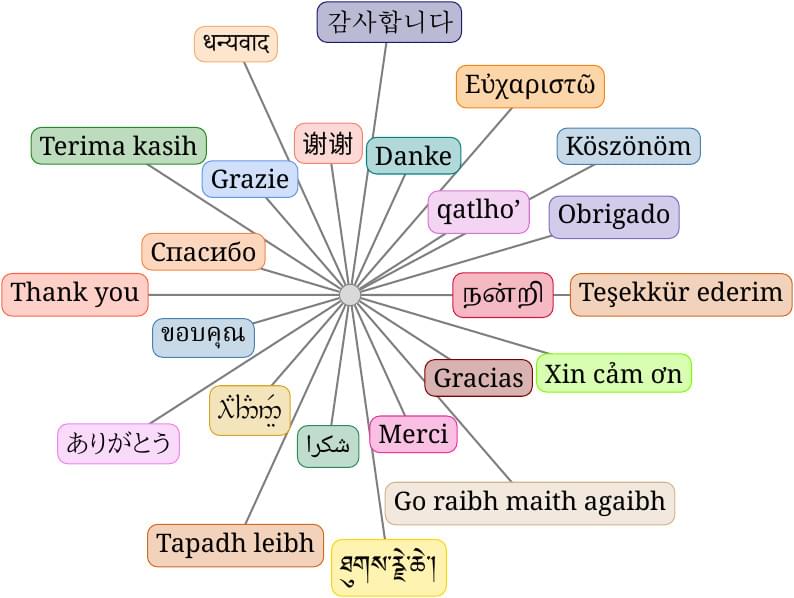Recent

한국정보과학회 학술대회 논문 작성 양식 latex 버전입니다. 아래를 참고하여 편집하였고, latex에 맞게 구조화 하였습니다. http://m.kiise.or.kr/conference/board/referenceview.do?CC=kcc&CS=2016&PARENT_ID=530300&&no=15 http://ids.snu.ac.kr/wiki/LaTeX_template_for_KCC https://github.com/leejaymin/Kiise-Latex-template

This is an unofficial SNU thesis template that I use for my master’s degree.

Since my research is related to multilingual dictionaries, I have the excuse of using this TikZ drawing of multilingual "thank you's" at the end of my presentations. It had the advantage/disadvantage of distracting the audience enough from raising nit-picking, asked-just-for-sake-for-asking types of questions. :-) If compiling this takes too long, the best way to use this is probably to use the result PDF directly via e.g. \includegraphics[page=1]{multiling-tq.pdf} BTW -- can you spot the two fictional languages? :-)
\begin
Discover why over 20 million people worldwide trust Overleaf with their work.